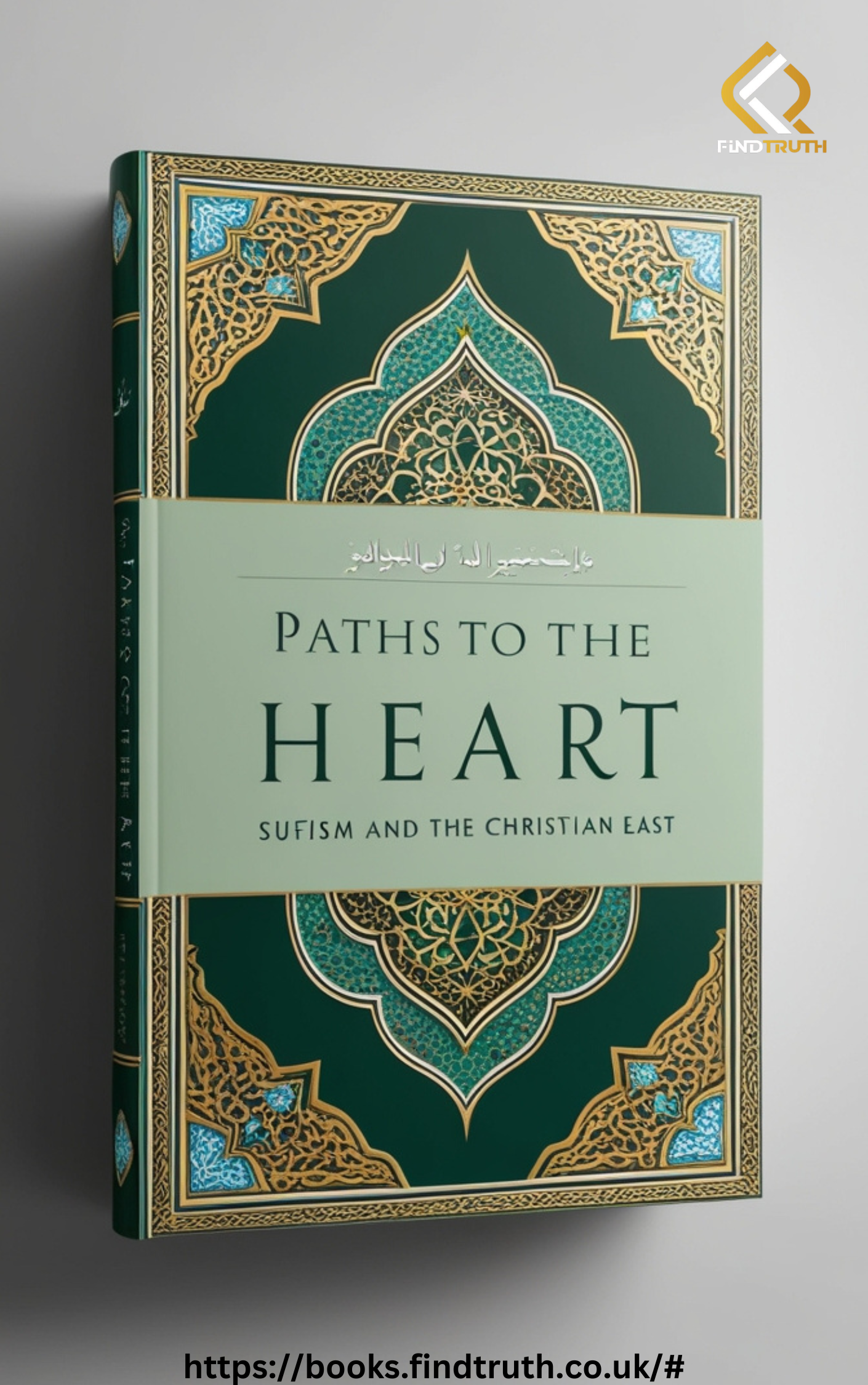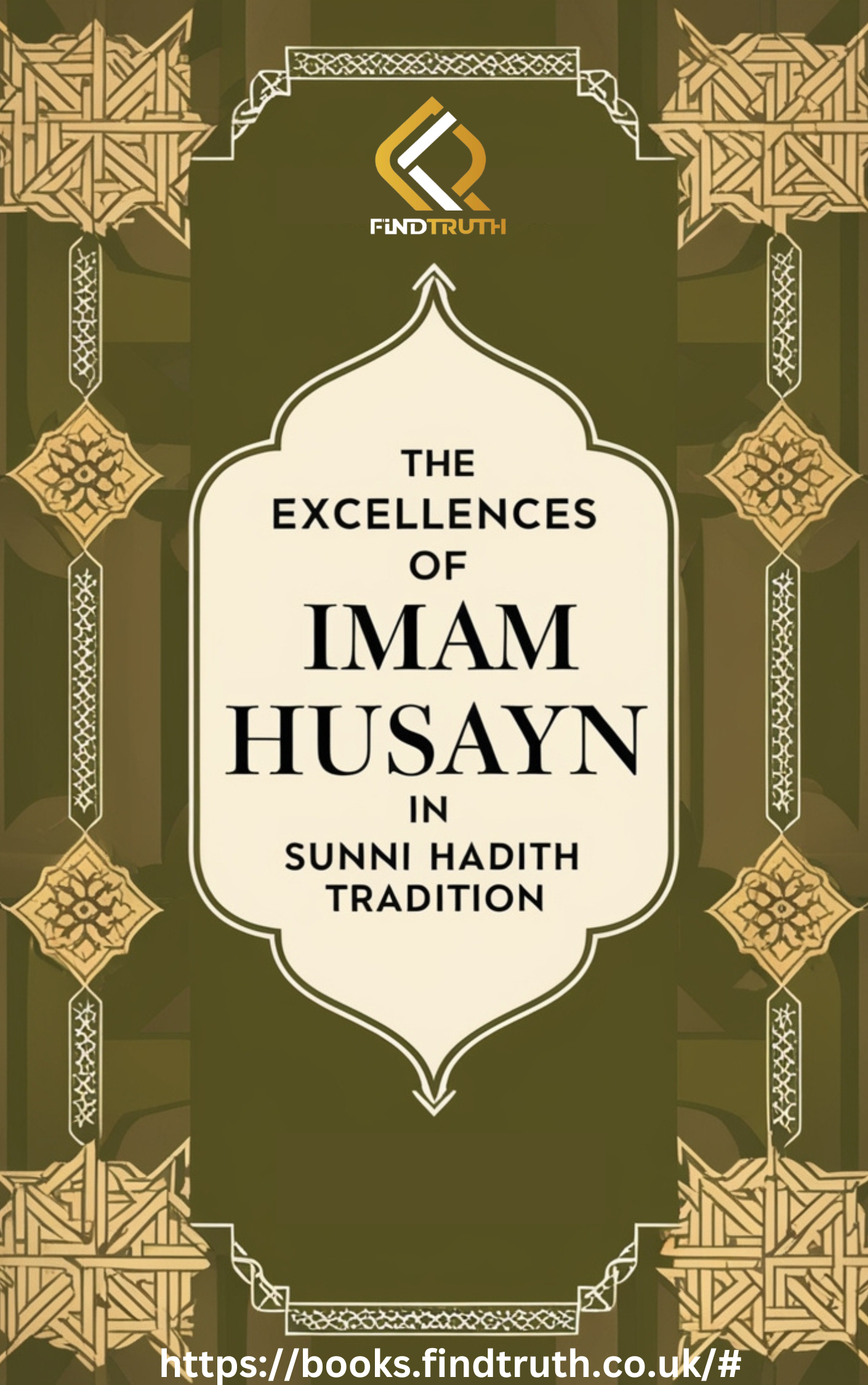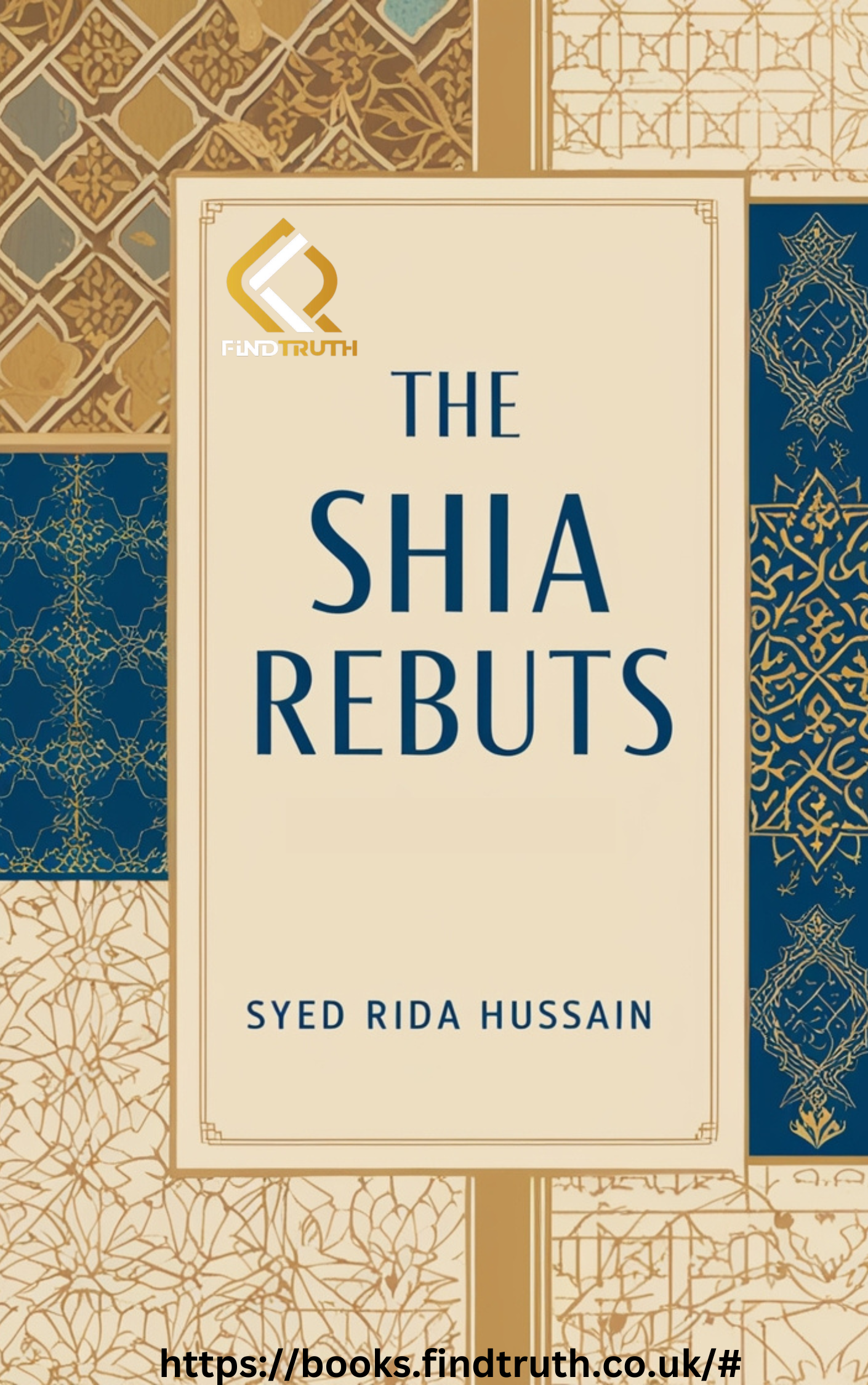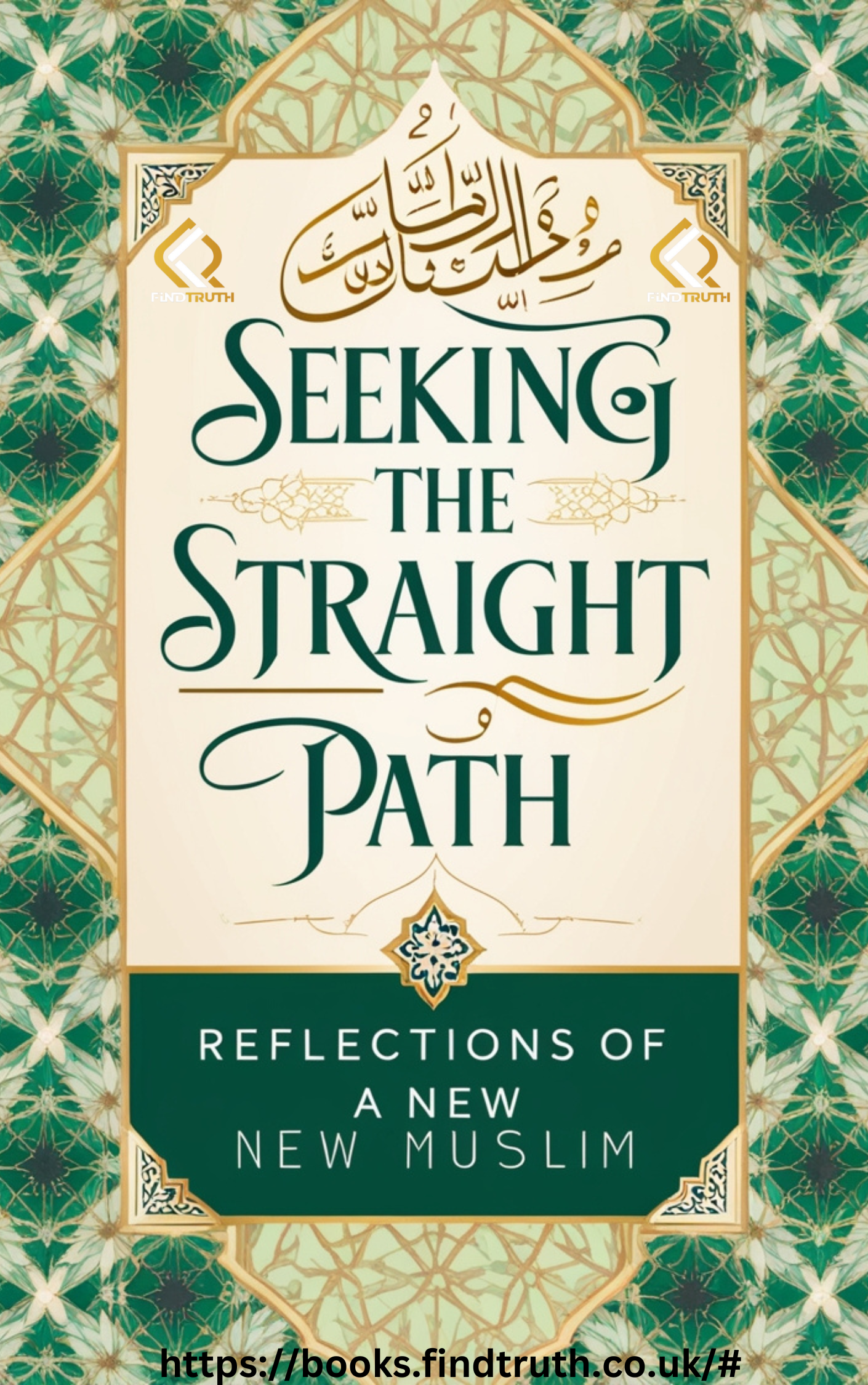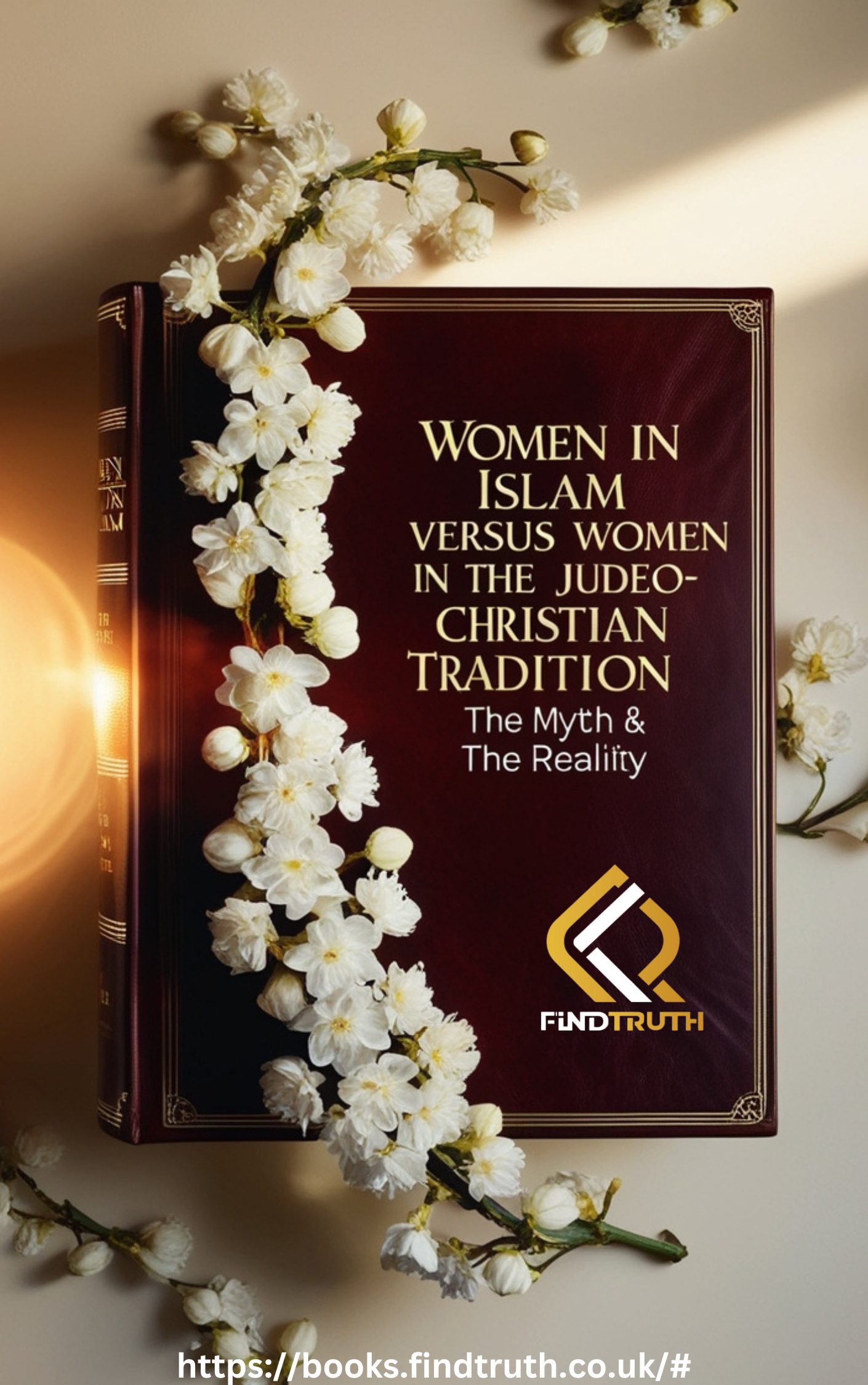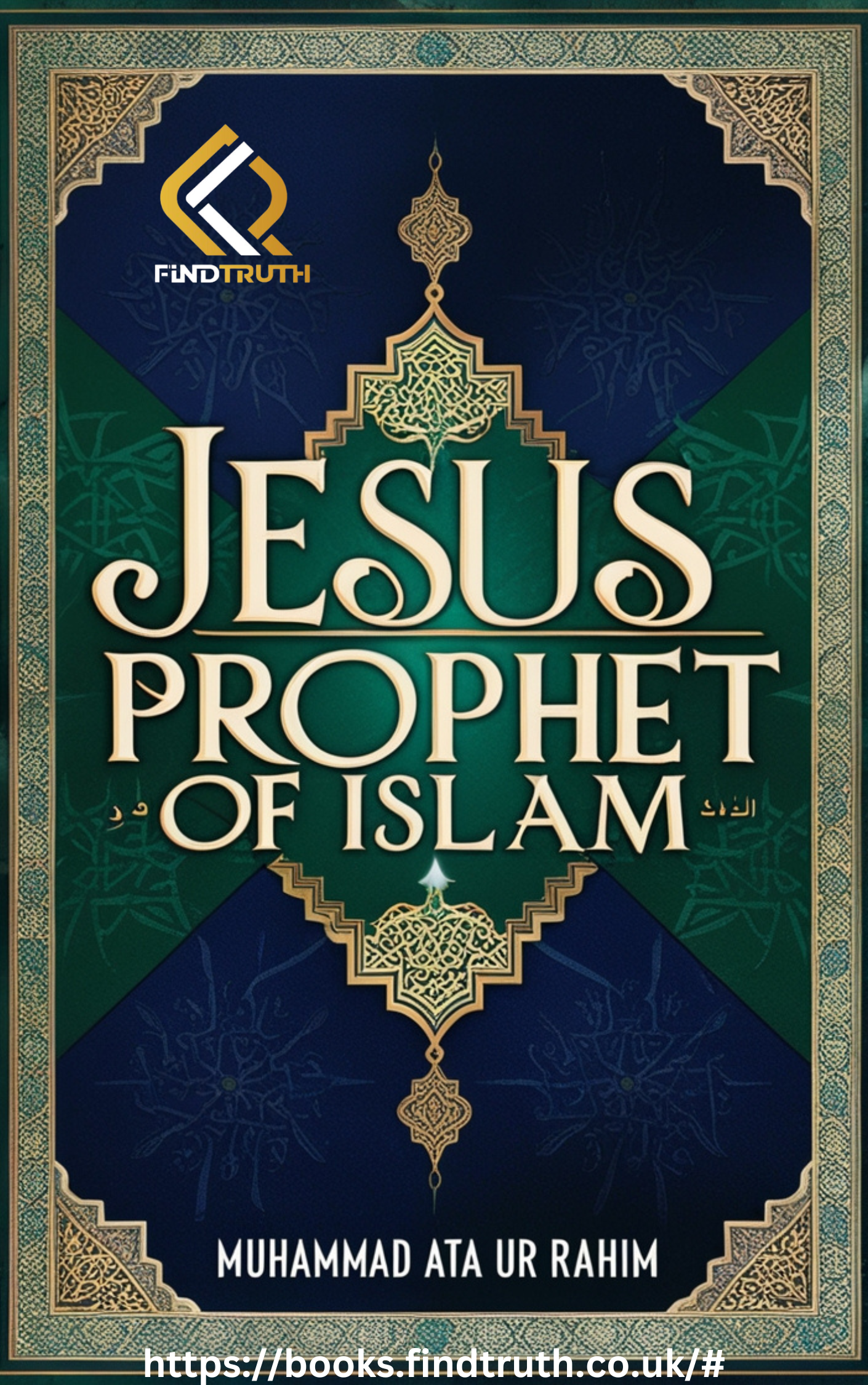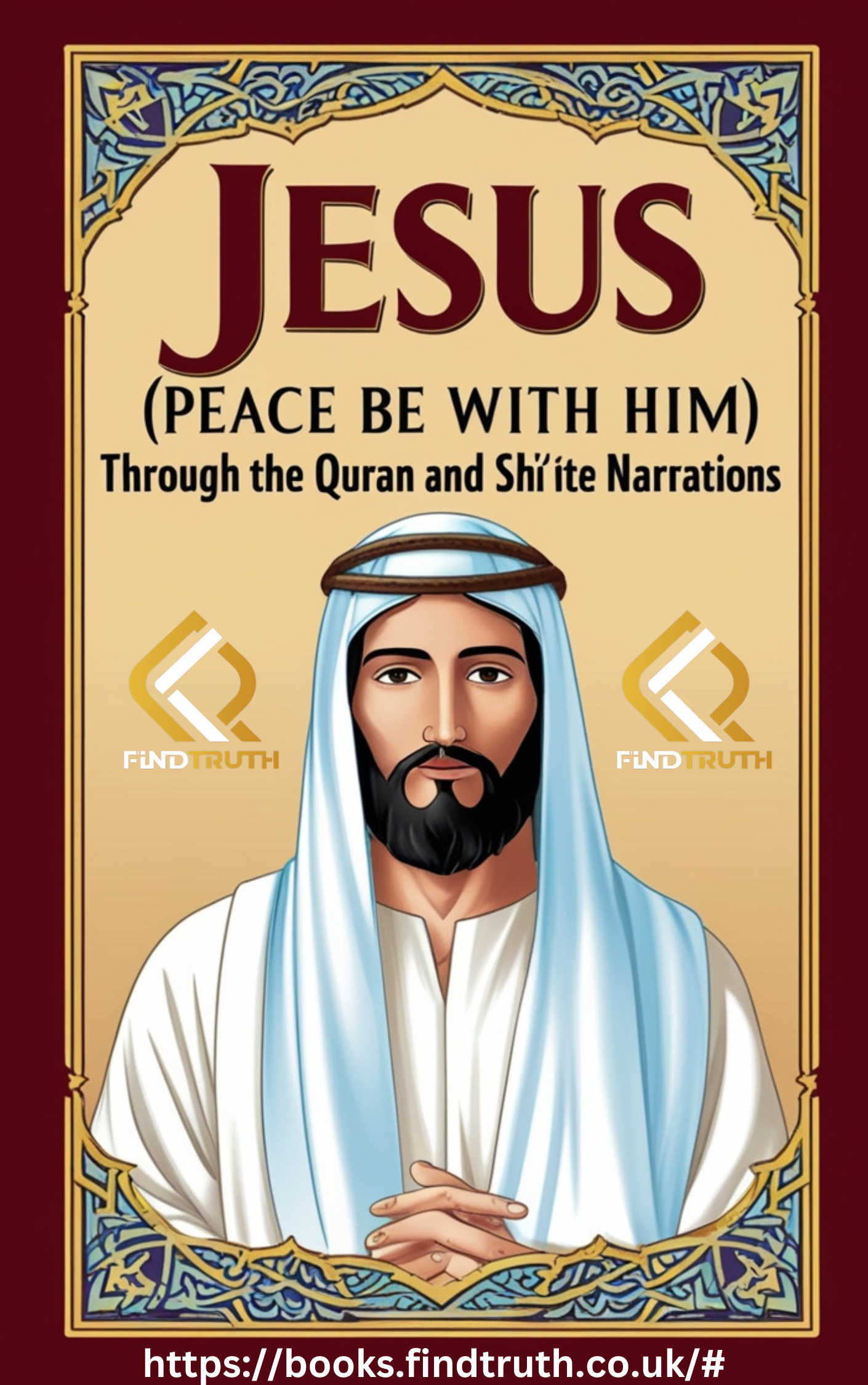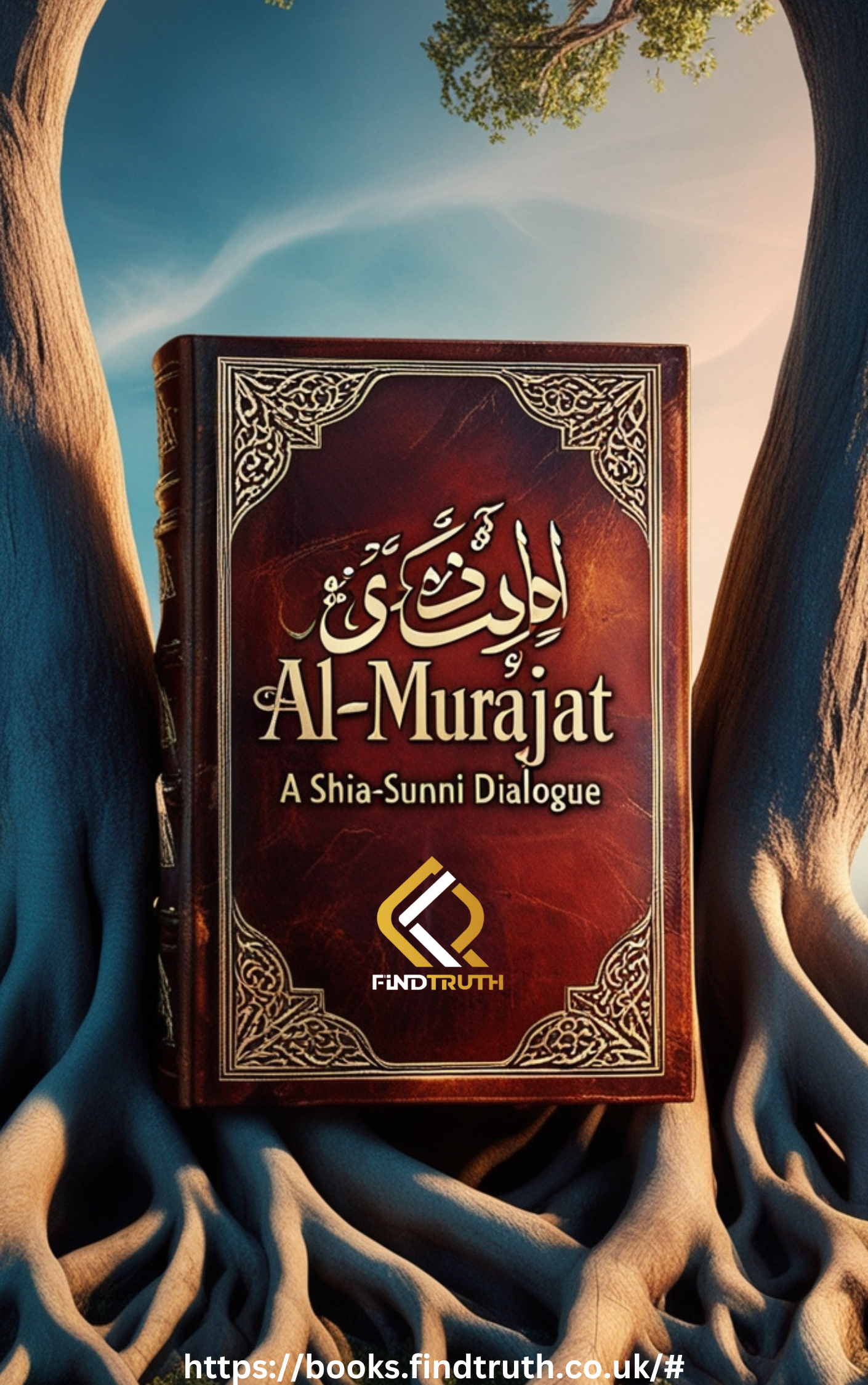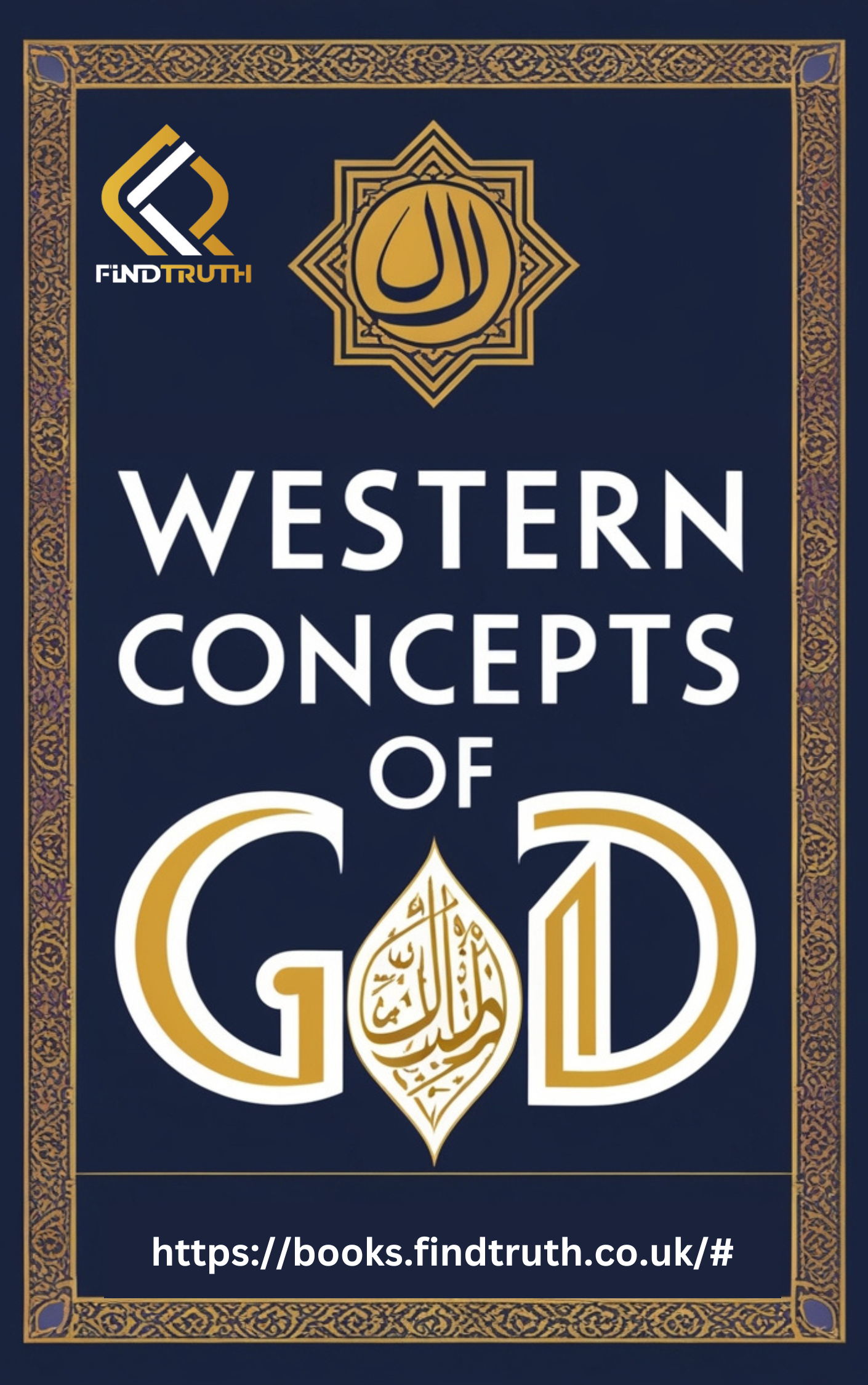
- Beliefs
-
Muslim Practices
- Salah (Daily Prayers)
- Sawm (Fasting)
- Hajj (Pilgramage to Makkah)
- Zakah (Charity Giving)
- Khums (Giving One-Fifth of Annual Saving)
- Jihad (Striving in the Way of God)
- Amr bil Ma'ruf (Encouraging Good)
- Nahy 'an al-Munkar (Stopping Evil)
- Tawalla (Loving the Prophet & His Family)
- Tabarra (Disassociating from the Enemies of the Prophet and His Family)
- Islamic Education
-
Akhlaq - (Ethics)
-
Quran & Sciences
-
Islamic History
-
Socio-Cultural
- Islamic Holy Places
-
Supplications
- Home
- Feature Selections ★
- Beliefs 🛐
-
Muslim Practices ☪️
- Salah (Daily Prayers)
- Sawm (Fasting)
- Hajj (Pilgramage to Makkah)
- Zakah (Charity Giving)
- Khums (Giving One-Fifth of Annual Saving)
- Jihad (Striving in the Way of God)
- Amr bil Ma'ruf (Encouraging Good)
- Nahy 'an al-Munkar (Stopping Evil)
- Tawalla (Loving the Prophet & His Family)
- Tabarra (Disassociating from the Enemies of the Prophet and His Family)
- Islamic Education
-
Akhlaq - Ethics 🔑
- Quran and Sciences 📖
-
Islamic History
- Socio-Cultural
- Islamic Holy Places
- eBooks
- Paths to the Heart Sufism and the Christian East
Paths to the Heart Sufism and the Christian East
(0 User reviews)
693
492
James S. Cutsinger Feast of the Theophany,
James S. Cutsinger Feast of the Theophany,
2008
289
English
A comparative exploration of Sufism in Islam and Christian mysticism, focusing on the heart as a spiritual center in both traditions.
This book delves into the spiritual and mystical traditions of Sufism in Islam and Christian mysticism. It explores the commonalities between the two faiths, emphasizing the shared spiritual paths, concepts of divine love, and the journey toward inner purity. Through various essays and reflections, the book offers insight into how both traditions emphasize the heart as a vessel of divine connection, bridging gaps between Islam and Christianity while fostering interfaith dialogue and understanding.
There are no reviews for this eBook.
0
0 out of 5
(0 User reviews )
There are no comments for this eBook.
You must log in to post a comment.
Log in
Related eBooks
By using our site you agree to our use of cookies to deliver a better site experience.
